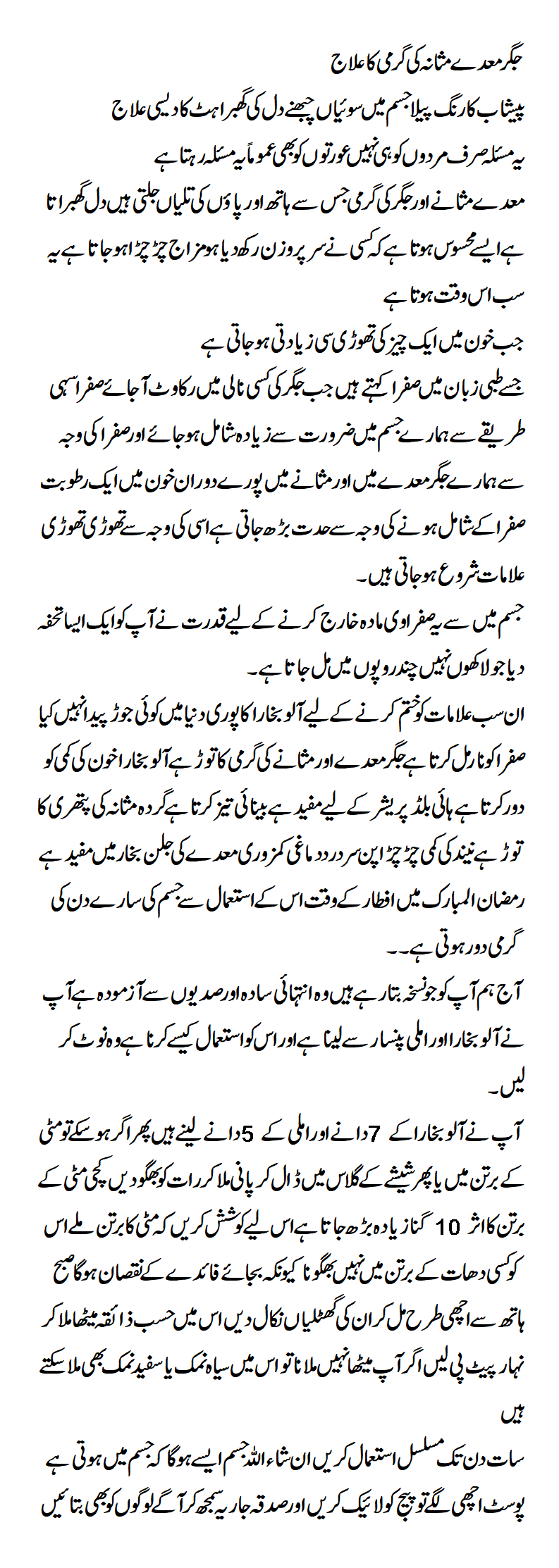The pattern of disharmony between the liver and stomach is widely observed in patients with digestive diseases, such as gastroesophageal reflux disease, chronic gastritis, and functional dyspepsia, etc. In order to gain a full and systematic understanding of this pattern, we reviewed the functions and physiological characteristics of the liver and stomach and the liver–stomach relationship.
In this review, we discuss the pathogenesis and identification of the pattern, as well as the commonly used classical formulas for its treatment, including Left Metal Pill (Zuojin Wan) and Bupleurum Liver-Soothing Powder (Chaihu Shugan San). Besides, we provide two examples of clinical modifications of these formulas in the treatment of chronic gastritis and gastroesophageal reflux disease in this article. It should be noted that in clinical practice, these formulas should be used flexibly, and modified in accordance to the specific condition of the patient.
Liver-stomach disharmony pattern is common in traditional Chinese Medicine (TCM). It refers to the pattern due to failure of smooth flow of liver qi and stomach qi descending. It mainly manifests as distension, fullness and pain in the epigastrium and hypochondrium, belching, hiccups, acid reflux, bad mood or irritability, poor appetite, thin white or yellow tongue coating and wiry pulse, etc.
Clinically, such a pattern is widely observed in digestive diseases, such as gastroesophageal reflux disease (GERD), chronic gastritis, and functional dyspepsia, etc. In this article, the pathogenesis, common manifestations and classical formulas concerning this pattern are systematically reviewed and discussed with TCM theory, which will provide the guidance for identification and treatment of this pattern in clinical practice.

Theoretical basis
Main functions and physiological characteristics of the liver and stomach
Zang–fu theory is an important part in the theoretical system of TCM. According to the theory, there are five major functional systems within the human body, connecting all the body constituents, organs and orifices through the channel and collateral systems, with the five zang organs as the core and combined with the six fu organs, qi, blood, fluids and essence as their material basis. The five zang organs refers to the liver, heart, spleen, lung and kidney, while the six fu organs refers to gallbladder, small intestine, stomach, large intestine, bladder and sanjiao.